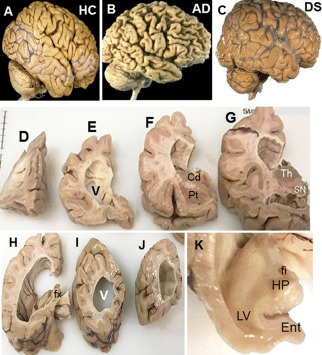This paper touches upon virus removal technology for groundwater remediation.
Describes features of the Down Symdrone brain suggesting that structurally and biochemically there are important differences pre- and postnatally relative to neurotypically developing brains. The goal of SD target 3.7 is to ensure, ensure universal access to sexual and reproductive health-care services, including for family planning, information and education, and the integration of reproductive health into national strategies and programmes
To prevent the most catastrophic health effects of climate change, urgent reductions in greenhouse gas (GHG) emissions are needed from all sectors to meet the goals of the Paris Agreement, along with those of the Race to Zero: to halve emissions by 2030 and achieve net zero emissions by 2050. The health care sector is not exempt from this charge.
This chapter supports SDGS 3, 5 and 16 by explaining the role of psychological science and research in the training and development of law enforcement, in order to improve responses to cases of intimate partner violence (IPV).
Addressing the severe impacts of wildfires on climate change
Background: Non-Hodgkin lymphoma comprises a heterogeneous group of cancers with unresolved aetiology, although risk factors include environmental exposures to toxic chemicals. Although the ubiquitous pollutant benzene is an established leukemogen, its potential to cause non-Hodgkin lymphoma has been widely debated. We aimed to examine the potential link between benzene exposure and risk of non-Hodgkin lymphoma in humans by evaluating a wide array of cohort and case-control studies using electronic systematic review.
Background: The prevalence of landscape fires has increased, particularly in low-income and middle-income countries (LMICs). We aimed to assess the impact of exposure to landscape fire smoke (LFS) on the health of children. Methods: We conducted a sibling-matched case-control study and selected 552 155 children (aged <18 years) from Demographic and Health Surveys in 55 LMICs from 2000 to 2014. Each deceased child was matched with their sibling(s). The exposure indicators were fire-sourced PM2·5 and dry-matter emissions.
A Review in support of SDG 2, summarising the consumption of fats globally and estimating the changes required to increase fat consumption in some parts of the world to nutritional recommendations, in a sustainable way
This article highlights the underrepresentation of racial and ethnic populations in atrial fibrillation clinical trials, especially trials focused on stroke prevention. Specific strategies are proposed for future research and initiatives that have potential to eliminate racial and ethnic differences in the care of patients with atrial fibrillation.
This Research Paper supports SDGs 3 and 10 by investigating the contribution of multiple long-term conditions to the widening inequalities in disability-free life expectancy by socioeconomic deprivation.



